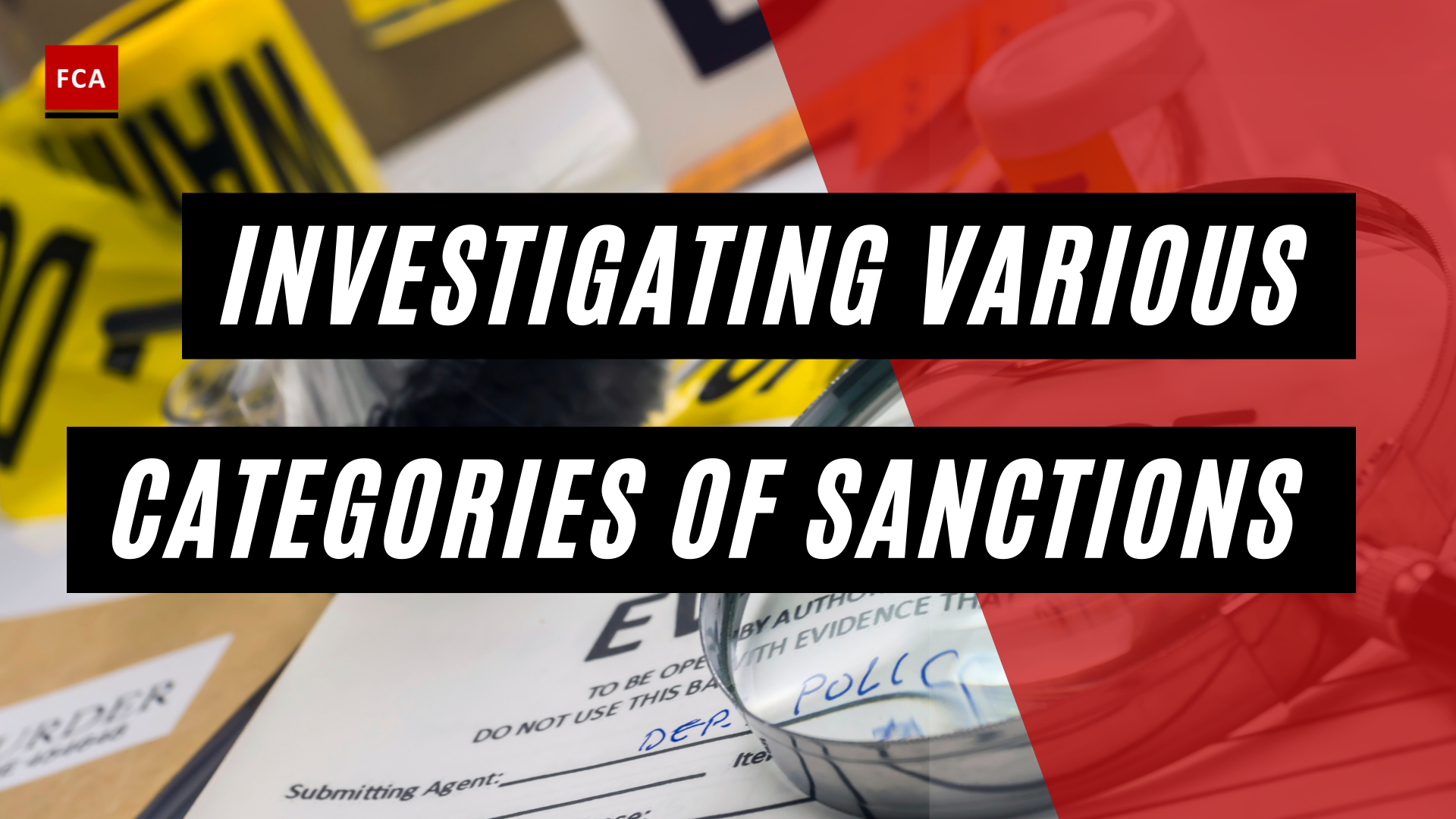Introduction to Anti-Money Laundering
The fight against financial crime is an ongoing global endeavor, with anti-money laundering (AML) efforts at the forefront.
Definition and Importance of AML
Anti-money laundering refers to a set of procedures, laws, and regulations designed to halt the practice of generating income through illegal actions. In essence, AML programs are primarily designed to detect and prevent the practice of money laundering and terrorist financing. These programs aim to comply with regulations to prevent individuals and entities from disguising proceeds of crime as legitimate income.
AML programs generally involve establishing internal controls, policies, and procedures aimed at compliance with the provisions of the Bank Secrecy Act (BSA) of 1970 and the Patriot Act of 2001, among other regulations (Investopedia). These controls include know your customer (KYC) processes, transaction monitoring, and reporting suspicious activities to regulatory bodies.
The importance of AML compliance extends beyond the legal realm. Failure to comply with AML regulations can lead to severe penalties, financial fines, and significant reputational damage for financial institutions. Therefore, it is crucial for organizations to establish a robust ‘anti-money laundering compliance’ framework.
Global AML Regulatory Bodies
To combat money laundering, financial institutions such as banks are required to adhere to anti-money laundering (AML) regulations set by governing bodies like the Financial Action Task Force (FATF). The FATF is an inter-governmental body that sets standards and promotes effective implementation of legal, regulatory, and operational measures to combat money laundering, terrorist financing, and other related threats to the integrity of the financial system (N26).
In addition to global bodies like the FATF, each country has its own regulatory authorities to oversee and enforce these regulations, such as the Financial Crimes Enforcement Network (FinCEN) in the United States.
The role of these regulatory bodies is not just to set standards and enforce regulations, but also to foster international collaboration. This collaboration between banks and regulatory authorities is crucial in the fight against money laundering, as information sharing and cooperation help in identifying and preventing financial crimes, thereby strengthening the overall AML compliance efforts in the financial sector (N26).
Understanding the nuances of anti-money laundering is the first step in empowering your organization to build a robust AML compliance framework. In subsequent sections, we will delve deeper into the key components of AML compliance, the penalties for non-compliance, and the role of technology in enhancing AML efforts.
Key Components of AML Compliance
To effectively combat money laundering and uphold the integrity of their operations, banks and other financial institutions must adhere strictly to anti-money laundering (AML) regulations. These regulations, set by governing bodies like the Financial Action Task Force (FATF), require institutions to implement robust AML programs that help identify, track, and report suspicious financial transactions (N26). A failure to comply can result in severe penalties, fines, and reputational damage (Investopedia).
The Role of Know Your Customer (KYC)
A cornerstone of AML compliance is the Know Your Customer (KYC) process. KYC involves the verification of the identities of customers, gathering necessary information about them, and monitoring their transactions to ensure compliance with AML laws, such as the Bank Secrecy Act (BSA) in the United States.
KYC measures encompass customer due diligence, including understanding the nature of the customer’s activities to develop a customer risk profile. More about the KYC process can be found on our website.
This process plays a crucial role in preventing and detecting money laundering activities by identifying suspicious behaviors, such as the misuse of shell companies, offshore banking, and the manipulation of beneficial ownership structures.
Transaction Monitoring Techniques
Another key component of AML compliance is transaction monitoring. This involves the continuous monitoring of customer transactions to identify patterns or activities that might indicate money laundering or other illicit financial activities.
Monitoring techniques can help detect suspicious behaviors, especially during the layering stage of money laundering where the origin of illicit funds is obscured through complex transactions.
Sophisticated monitoring systems can also flag high-risk transactions, such as those involving high-risk countries, politically exposed persons (PEPs), or amounts that exceed a certain threshold.
Reporting Suspicious Activities
The final crucial component of AML compliance is the reporting of suspicious activities. When a financial institution identifies a suspicious transaction that may indicate money laundering or terrorist financing, it is required to report it to the appropriate authorities.
Such reports, referred to as Suspicious Activity Reports (SARs) in the United States, provide valuable information that law enforcement agencies can use in their investigations into illicit activities.
It’s important to note that reporting is obligatory in many jurisdictions, and failure to report a suspicious transaction can result in penalties, again highlighting the importance of effective AML compliance.
By understanding the key components of AML compliance – KYC processes, transaction monitoring techniques, and mandatory reporting of suspicious activities – financial institutions can better equip themselves to prevent and detect money laundering activities. For more insights on the stages of money laundering and how to prevent it, visit our dedicated page on this topic.
Penalties for Non-Compliance
Failing to adhere to anti-money laundering compliance can result in severe consequences for financial organizations. These can range from civil and criminal penalties such as fines and imprisonment, to reputational damage and even the potential closure of the business. Understanding the specific penalties for non-compliance in different jurisdictions, such as the United States and Canada, is crucial.
AML Penalties in the United States
In the United States, anti-money laundering regulations fall under several key pieces of legislation, each carrying its own set of penalties for non-compliance.
The Bank Secrecy Act (BSA) of 1970 is significant in fighting money laundering in the US. Penalties for willful violations under the BSA can include fines of up to $250,000 and imprisonment for up to five years. If the violation involves a pattern of illegal activities exceeding $100,000, the penalties can increase to fines of up to $500,000, imprisonment for up to ten years, or both (Unit21).
Additionally, the USA PATRIOT Act, enacted in response to the September 11 attacks, introduced measures to target financial crime associated with money laundering and terrorism financing. Violations of the USA PATRIOT Act can result in fines of up to $1 million or double the value of the transaction, whichever is greater.
The Office of Foreign Assets Control (OFAC) is responsible for administering and enforcing U.S. sanctions. Violating these sanctions can lead to penalties including fines of up to $20 million and imprisonment of up to 30 years.
AML Penalties in Canada
Canada has also made significant strides in enhancing its Anti-Money Laundering and Anti-Terrorist Financing (AML/ATF) Regime. The Department of Finance has advanced regulatory initiatives, including a long-term funding solution for the Financial Transactions and Reports Analysis Centre of Canada (FINTRAC), to recover the costs of its compliance program from reporting entities (Gazette.gc.ca).
The recently proposed amendments to the regulations will impose AML/ATF obligations on armoured car companies and mortgage lending entities, and enhance due diligence measures for correspondent banking relationships. The amendments also seek to increase penalties for cross-border currency reporting violations to make them more proportionate and dissuasive.
Furthermore, the regulatory changes will streamline the process of serving administrative monetary penalties (AMPs) documents to reporting entities, providing more flexibility in the methods of service (Gazette.gc.ca).
Understanding these penalties underlines the importance of maintaining robust anti-money laundering compliance practices. It’s crucial for financial organizations to stay updated with the regulatory changes in their respective jurisdictions to avoid such severe penalties.
The Impact of Technology on AML
As financial systems grow in complexity, so too does the task of maintaining robust anti-money laundering compliance. Fortunately, technology is playing an increasingly vital role in helping organizations combat money laundering, with advanced digital solutions and artificial intelligence at the forefront of this fight.
Role of Advanced Digital Solutions
Advanced digital solutions are proving to be indispensable in the realm of AML compliance. Outdated manual processes are often inefficient for satisfying requirements such as beneficial ownership identification. In contrast, digital tools offer the ability to comprehensively scour global public and non-public sources, analyze massive amounts of structured and unstructured data efficiently, and present results in a user-friendly manner.
In the context of anti-money laundering, these technologies facilitate the assessment of AML risk portfolios by making evidence-based determinations and evaluating vast amounts of data. Moreover, they continually evolve to account for new outcomes and actions, making them an essential tool in the fight against money laundering (Genpact).
Digital solutions also bolster transaction monitoring systems, which are crucial for maintaining compliance with AML regulations. These systems use data analysis and algorithms to scrutinize large volumes of transactions for signs of potential money laundering, thereby identifying any illicit activities (N26).
The Use of AI and Machine Learning
Artificial Intelligence (AI) and machine learning technologies are having a profound impact on AML compliance efforts. Machine learning, in particular, allows systems to acquire rules based on data and patterns found. This offers benefits such as risk scoring based on patterns that may initially seem random or not immediately apparent.
Such technologies can aid financial institutions in various ways, from enhancing their Know Your Customer (KYC) processes to improving their ability to detect suspicious activities during the layering stage of money laundering and integration stage of money laundering.
In conclusion, the adoption of advanced digital solutions and AI technologies is becoming increasingly important for organizations seeking to strengthen their anti-money laundering compliance frameworks. As the financial landscape continues to evolve, so too will the tools and strategies used to combat money laundering, making it essential for organizations to stay abreast of these technological advancements.
Future Trends in AML Compliance
As we look towards the future, it’s clear that the field of anti-money laundering compliance is rapidly evolving. Changes in regulation, advancements in technology, and shifts in global financial crime are all factors that will continue to shape how organizations approach AML compliance.
Emerging Regulatory Changes
Regulatory bodies worldwide are intensifying their efforts to combat money laundering and related financial crimes. The International Monetary Fund (IMF), for example, has actively contributed to shaping global Anti-Money Laundering and Combating the Financing of Terrorism (AML/CFT) policies over the past 20 years, providing policy advice, technical assistance, and participating in standard setting and country assessments against international AML/CFT standards.
Policymakers are urged to have a comprehensive understanding of the implications of illicit financial flows, including fiscal, monetary, financial, and structural costs associated with money laundering, financial crimes, and terrorism financing. There is a call for increased efforts worldwide to address these critical financial integrity issues effectively.
As part of the IMF’s AML/CFT Strategy Review, a survey was conducted for civil society organizations (CSOs) globally to provide feedback on how the IMF can improve its engagement on AML/CFT and broader financial integrity issues. CSOs emphasized the importance of focusing on illicit financial flows, enhancing beneficial ownership transparency efforts, and addressing AML/CFT weaknesses in advanced economies.
The Role of Collaboration in AML Compliance
In the complex world of anti-money laundering compliance, collaboration is key. It is crucial for banks and regulatory authorities to work together in the fight against money laundering, as information sharing and cooperation are instrumental in identifying and preventing financial crimes.
This collaboration extends beyond banks and regulators to include other stakeholders, such as technology providers, law enforcement agencies, and even customers. By working together, these entities can strengthen the overall AML compliance efforts in the financial sector and contribute to the stability and integrity of the global financial system.
On a practical level, this collaboration might involve sharing intelligence about emerging threats, collaborating on the development of new anti-money laundering compliance tools and practices, or working together to educate customers about the dangers of money laundering and the important role they play in preventing it.
Resources, reports, and tools provided by regulatory authorities like the FDIC can assist in understanding and implementing anti-money laundering compliance measures within the banking industry, supporting stability and public confidence in the financial system as outlined in the Bank Secrecy Act.
As the landscape of financial crime continues to evolve, so too must our approach to combating it. By staying abreast of emerging regulatory changes and fostering a spirit of collaboration, organizations can empower themselves to build a robust and effective anti-money laundering compliance framework.








